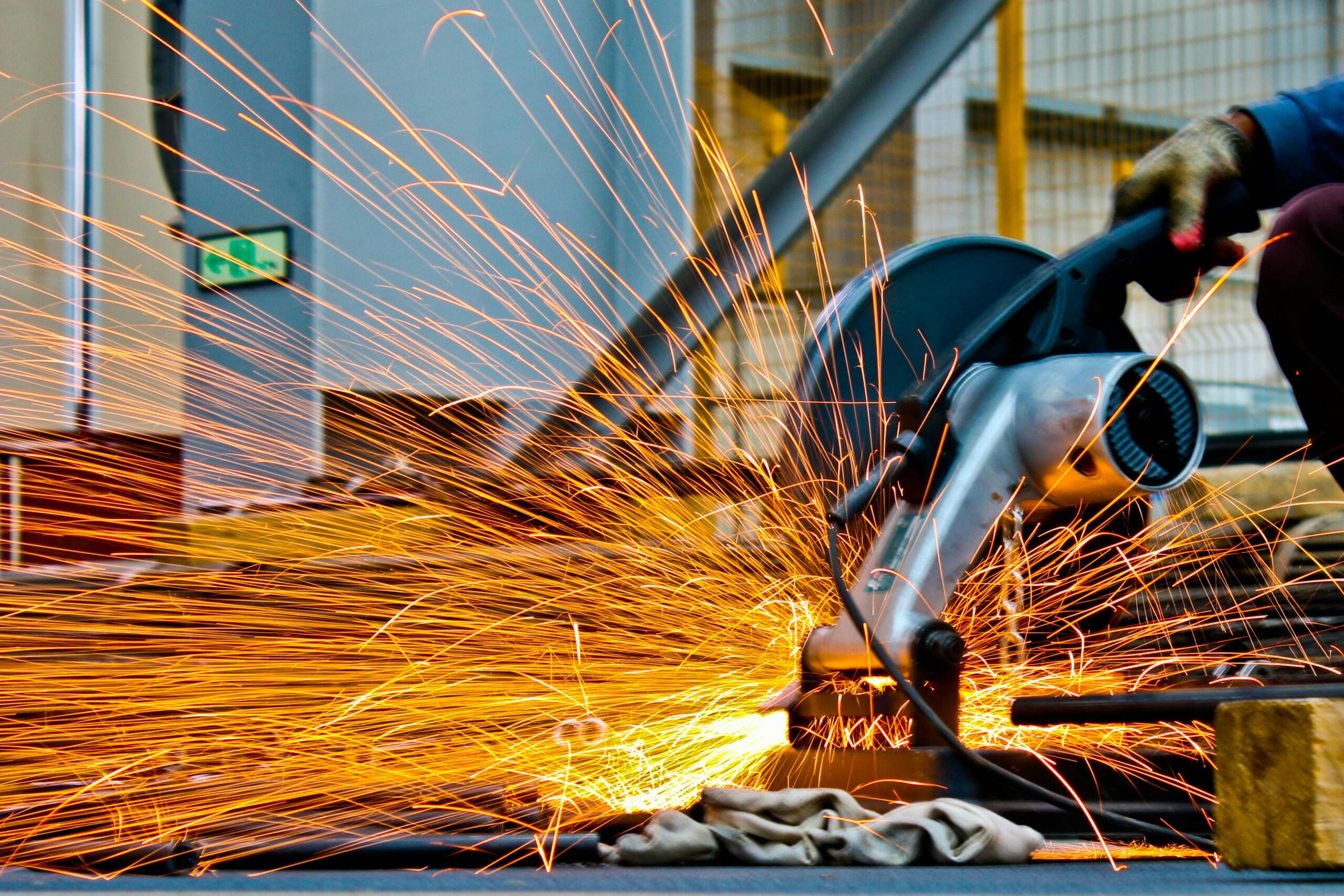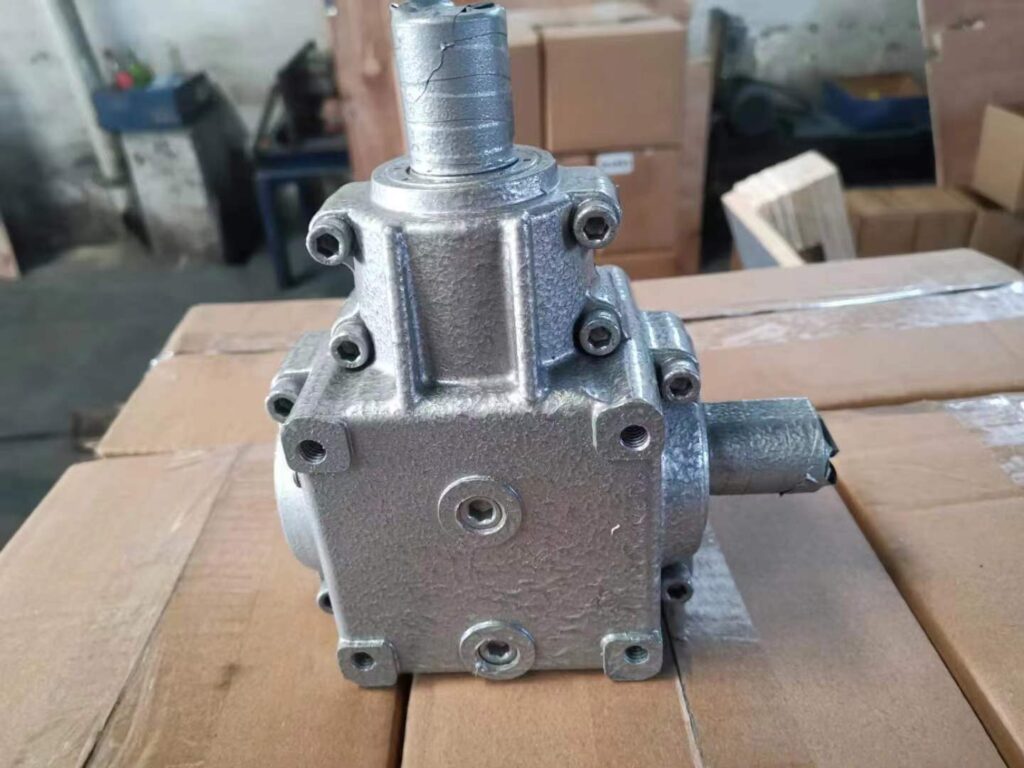Determining the appropriate gear reducer size and ratio for a specific application requires an understanding of the operational parameters and desired output. Here are the steps you should follow:
1. Understand the Application Requirements:
- Input Speed: Determine the rotational speed of the input shaft, typically provided by a motor or existing machinery.
- Desired Output Speed: Decide what speed the output shaft needs to rotate at for the intended application.
- Torque Requirements: Evaluate the required torque for the output, which might be higher than the input torque due to the speed reduction.
- Duty Cycle: Consider the operation pattern of the application, whether it’s continuous, intermittent, or varying loads.
2. Calculate the Reduction Ratio:
The gear reduction ratio is the ratio between the rotational speed of the input and the desired rotational speed of the output. Use the formula:
3. Select the Reducer Type:
Choose the type of gear reducer that fits your application. Different types offer different characteristics, such as:
- Helical Gear Reducers: Efficient and can carry high loads.
- Worm Gear Reducers: Good for high reduction ratios and non-reversible applications.
- Planetary Gear Reducers: Compact and offer high torque transmission with good efficiency.
4. Determine the Service Factor:
The service factor is a multiplier that reflects the severity of the operation conditions and the reliability level you want. This helps in sizing a reducer that can withstand harder working environments and last longer.
5. Adjust for Torque:
Using the gear ratio and service factor, adjust the input torque to find the required output torque. A gear reducer must support the output torque demands to avoid mechanical failure.
6. Review Specifications:
Look at the manufacturer’s catalog or website, which typically includes tables or selection guides based on input speed, desired output speed, and torque requirements.
7. Consider Physical Size and Mounting:
Make sure the physical dimensions of the gear reducer fit within your available space and that the mounting style is compatible with your machinery.
8. Contact the Manufacturer:
If you’re unsure, it’s always best to consult with the manufacturer or an engineer. They can advise on the appropriate gear reducer based on their products and your specific application details.
Remember to always take into account any possible future changes in operational requirements, as selecting a gear reducer with a slightly higher capability than currently required can provide better performance and longevity.


